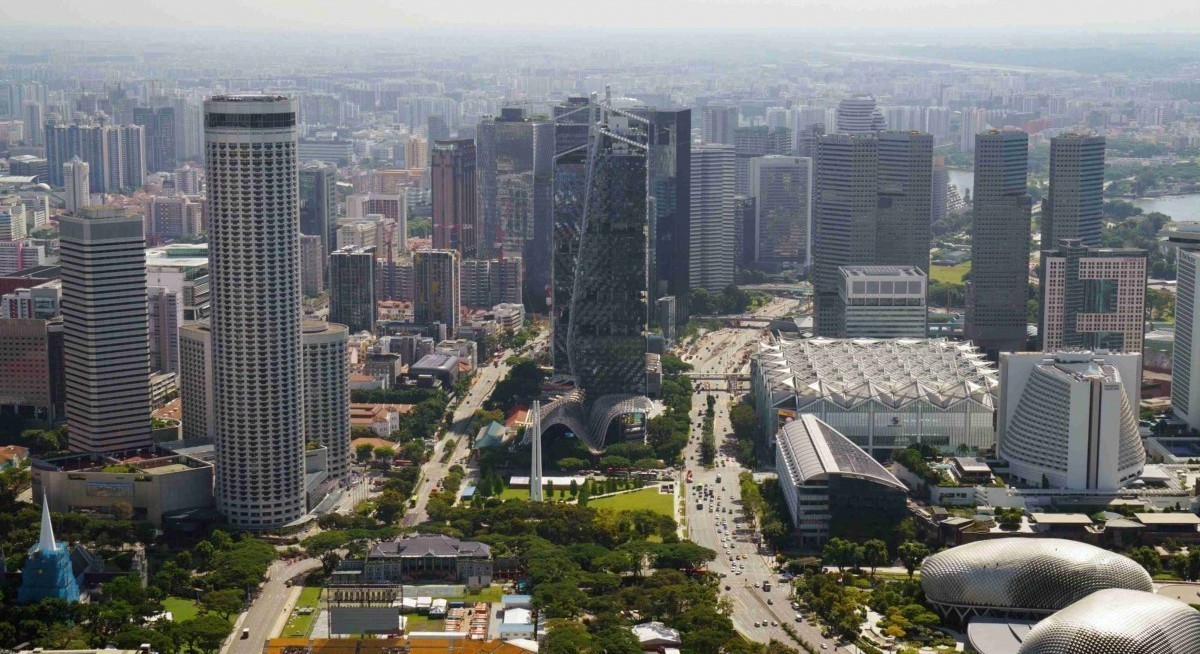Core inflation, or Monetary Authority of Singapore (MAS) core inflation, picked up in October, coming in 1.2% higher y-o-y, compared to 0.4% in September.
Core inflation, which excludes accommodation and private transport, rose by 0.5% m-o-m. The higher reading was due to higher inflation in services, food and retail & other goods, but offset by a milder decline in electricity & gas prices.
Services inflation grew by 1.8% y-o-y in October, compared to 0.3% in September, due to a faster pace of increase in health insurance costs, healthcare service costs and holiday expenses.
Food inflation inched up to 1.2% y-o-y in October from 1.1% y-o-y in September due to a faster increase in the prices of non-cooked food.
Meanwhile, retail & other goods inflation stood at 0.4% y-o-y in October, up from 0.3% in September due to higher prices of clothing and footwear, as well as personal effects.
Meanwhile, inflation for electricity & gas prices fell to 4% y-o-y, from 5.8% in September, due to a smaller decline in electricity prices.
At the same time, headline inflation, or CPI-All items inflation picked up to 1.2% y-o-y in October from 0.7% y-o-y in September due to a larger increase in private transport prices and higher core inflation. Headline inflation stood flat on a m-o-m basis.
Private transport inflation rose to 3.8% y-o-y from September’s 3.7% reading due to a sharper increase in car prices. This was offset by accommodation inflation, which moderated to 0.3% y-o-y in October, down from 0.4% in September, due to a slower pace of increase in housing rents.
MAS and the Ministry of Trade and Industry (MTI) kept their outlook unchanged, with MAS core inflation still projected to come in around 0.5% in 2025. Core inflation is likely to rise to 0.5% to 1.5% in 2026. Headline inflation is also unchanged, with MAS and MTI estimating an average range of 0.5% to 1% in 2025 and 0.5% to 1.5% in 2026.
See also: Singapore upgrades 2025 GDP growth forecast to ‘around’ 4% after better-than-expected 3Q2025
Both government agencies see Singapore’s imported costs continuing to decline, albeit at a “slower pace” in the months ahead. Global crude oil prices are also tipped to fall more gradually in 2026 compared to 2025. Regional inflation should pick up “modestly” after the weak outturns this year.
“On the domestic front, administrative factors temporarily dampening inflation are expected to taper over the coming quarters. Unit labour cost growth should begin to increase as productivity growth normalises, while private consumption demand is likely to remain steady,” say MAS and MTI.
That said, they warn that the outlook remains subject to uncertainties as supply shocks could lift some imported costs “abruptly” while a sharper-than-expected weakening in global demand could keep core inflation lower for longer. A significant decline in global oil prices could also moderate the pace of price increases, MAS and MTI add.




